How and when to carry out gooseberry pruning for a bumper fruit crop
Learn all about pruning gooseberry bushes to help ensure your plant provides a veritable bounty of berries year-after-year
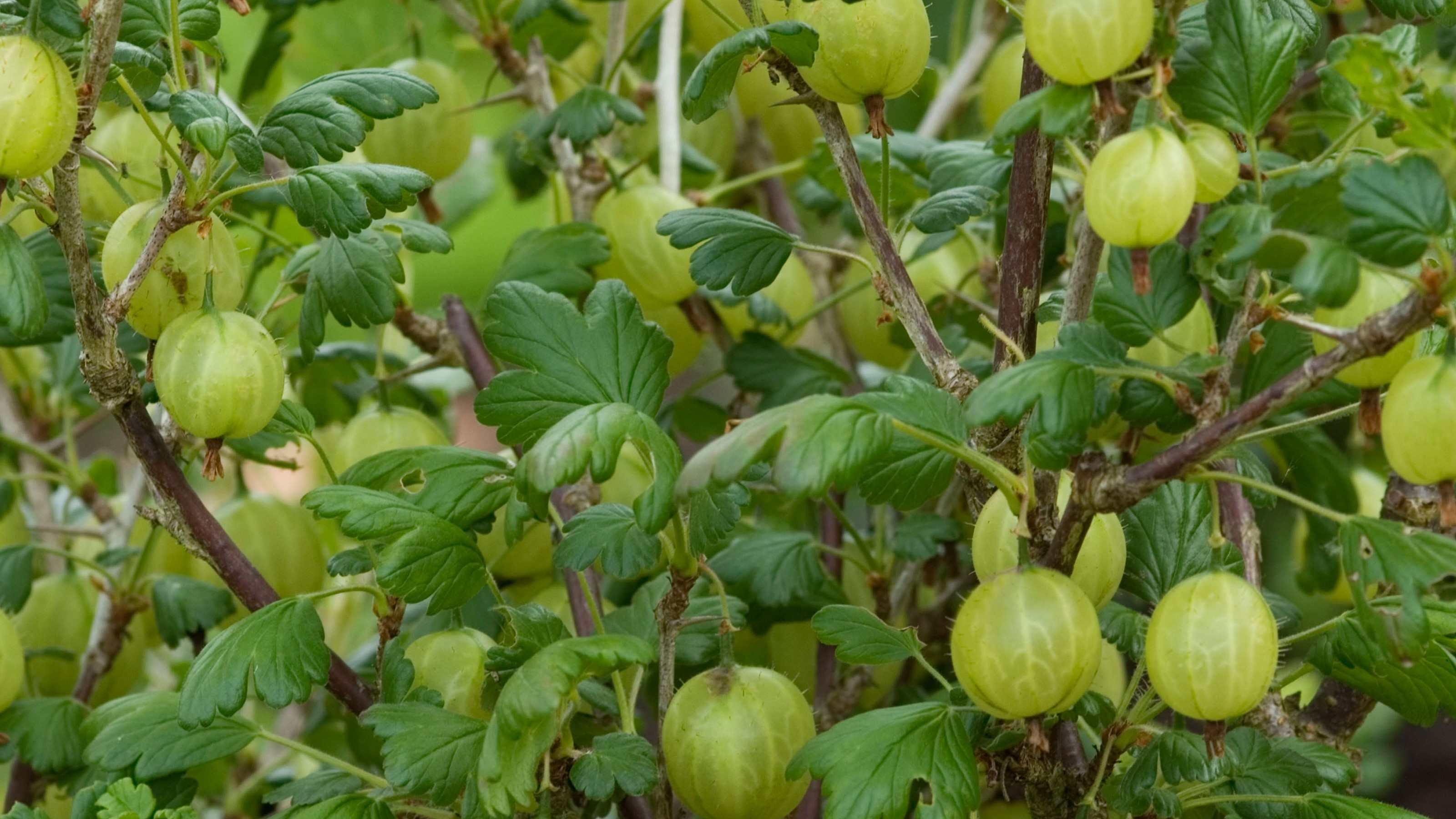
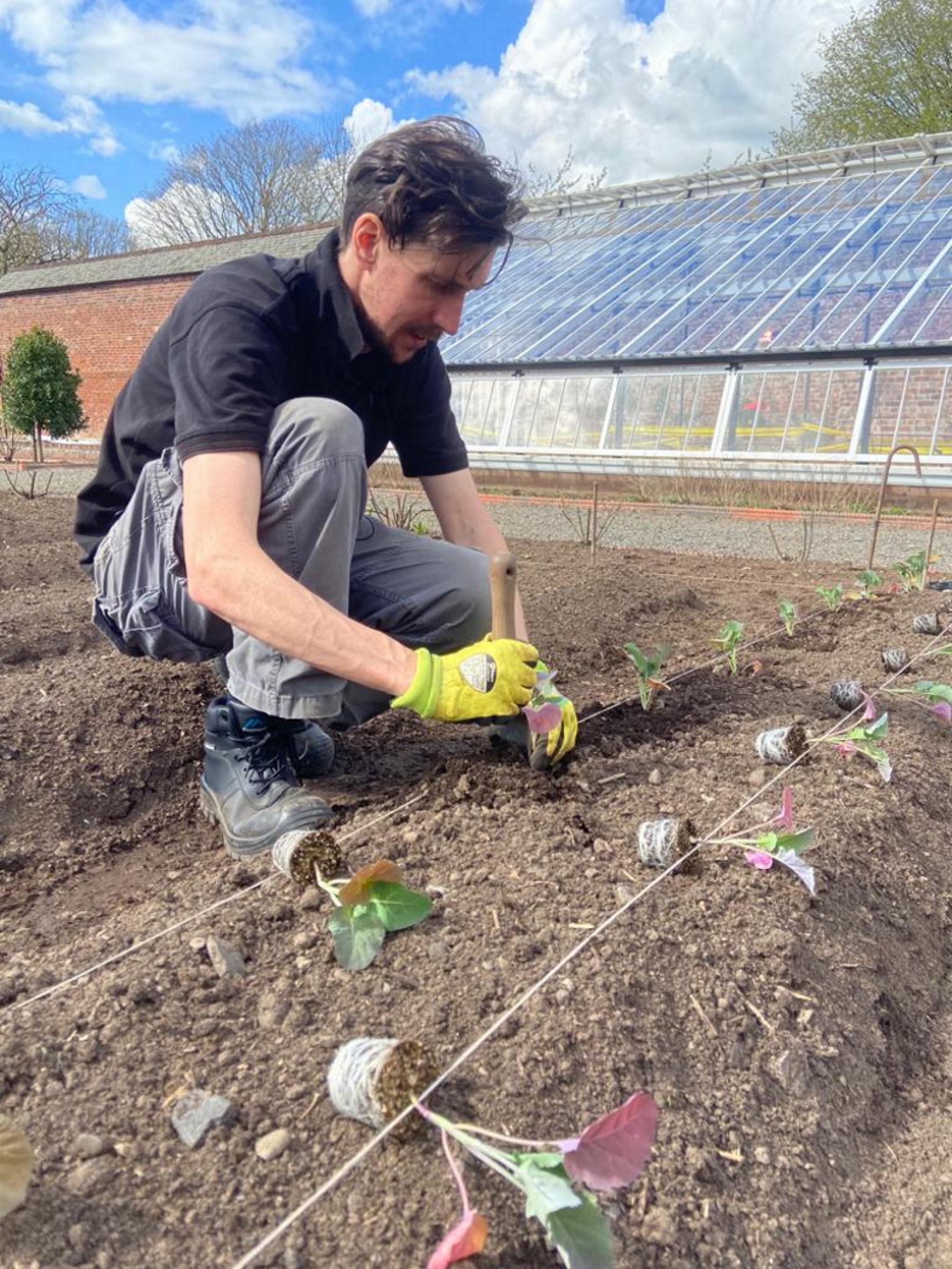
One of the luxuries of growing gooseberries is that they are prolific, despite requiring little attention. So you benefit from a wealth of delicious fruit with only a small amount of work required. Gooseberry pruning need not be an intimidating task either, and is easy to do by following just a few simple steps.
Gooseberries have a rich history going back to the 16th century and bushes have been a staple of both kitchen gardens and cottage gardens for centuries. An ever-popular soft fruit used for crumble, tarts, jam, fools, and many more. Gooseberries come in a wide range of varieties, with culinary, dessert and dual-purpose cultivars. Dessert gooseberries can be eaten raw, while the culinary varieties are used in the kitchen.
They are very tolerant plants and simple to grow, liking a sunny, sheltered spot with moist, well-drained soil. It is a plant that can even tolerate growing in shade, but you will get a smaller harvest. Plus they are self-fertile, meaning you can get a good crop even if you just have one plant in your kitchen garden.
So gooseberries are easy to grow, straightforward to prune, simple to maintain, and self-pollinating – that makes them a winner all around in my book. The only negative is their thorns, you will need to prepare for the nasty spikes when you are pruning a gooseberry bush.
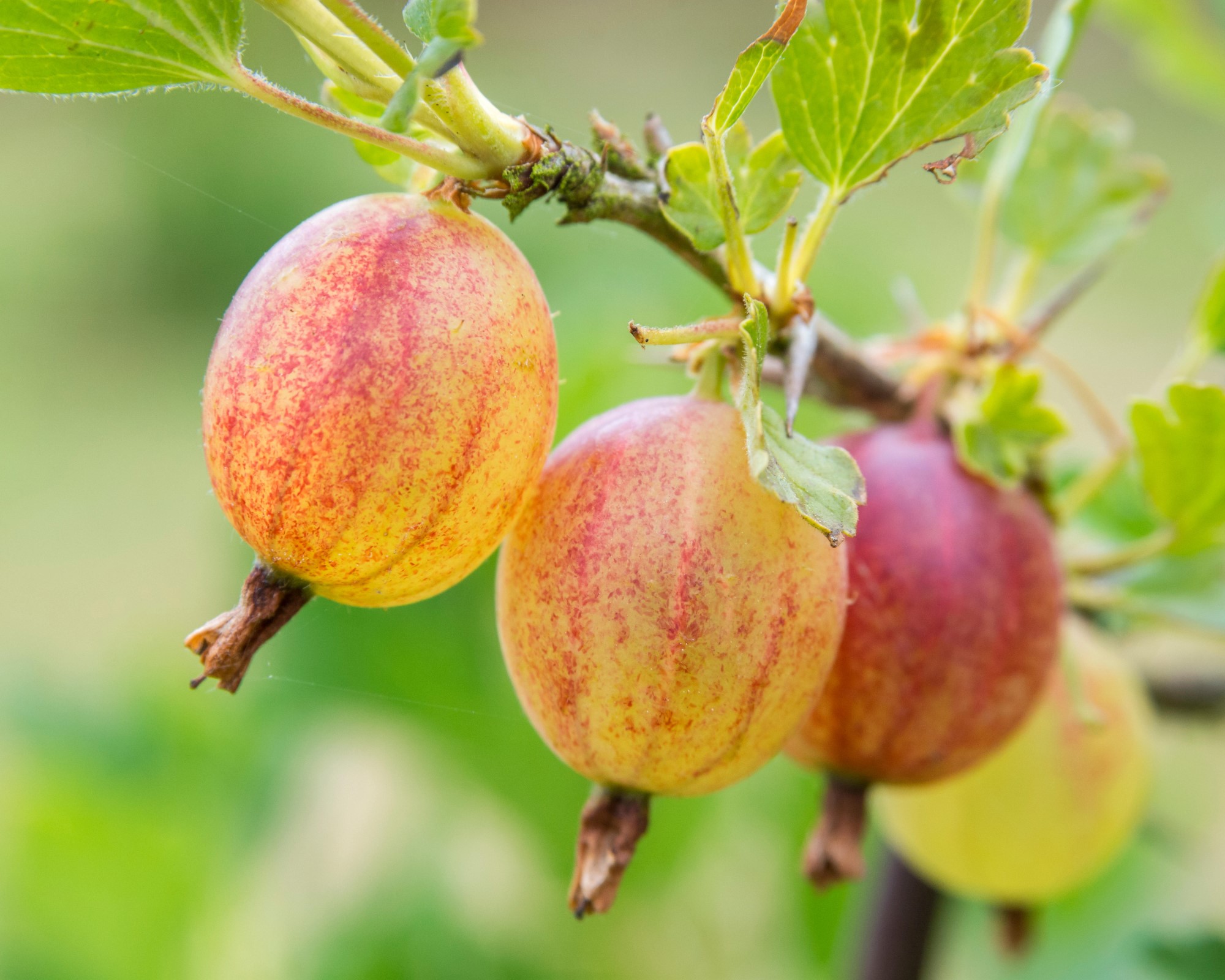
Red gooseberries tend to be sweeter than green varieties
The benefits of gooseberry pruning
Gooseberries fruit on spurs on old wood, the branches are at their most productive when two or three years old. The stems get less productive the older they become. They will still bear fruit in year four, but with dwindling results, and shouldn’t be left to get to five years old.
The aim of pruning gooseberries is to give your bush the best combination of new growth that will become fruit-bearing in the next year and those branches that are in their most productive years. Removing the oldest wood year-on-year means you are keeping the plant as productive as possible and making every stem count. An ideal bush will have a good mix of one, two, and three-year-old wood.
Regular pruning also helps control the shape, just as it does when pruning shrubs too. It keeps the bush uncongested, untangled and provides the best air circulation – which will help against potential diseases – and allow lots of light to get in and ripen the fruit.
For a gooseberry bush you are aiming for a goblet shape, with an open center and an even spread of branches that are well-spaced, not rubbing, and not competing with each other for space and light.
A gooseberry bush left unpruned can easily turn into an unkempt, tangled mess of thorns – something which will be no joy to have to wrestle back into some form of control.
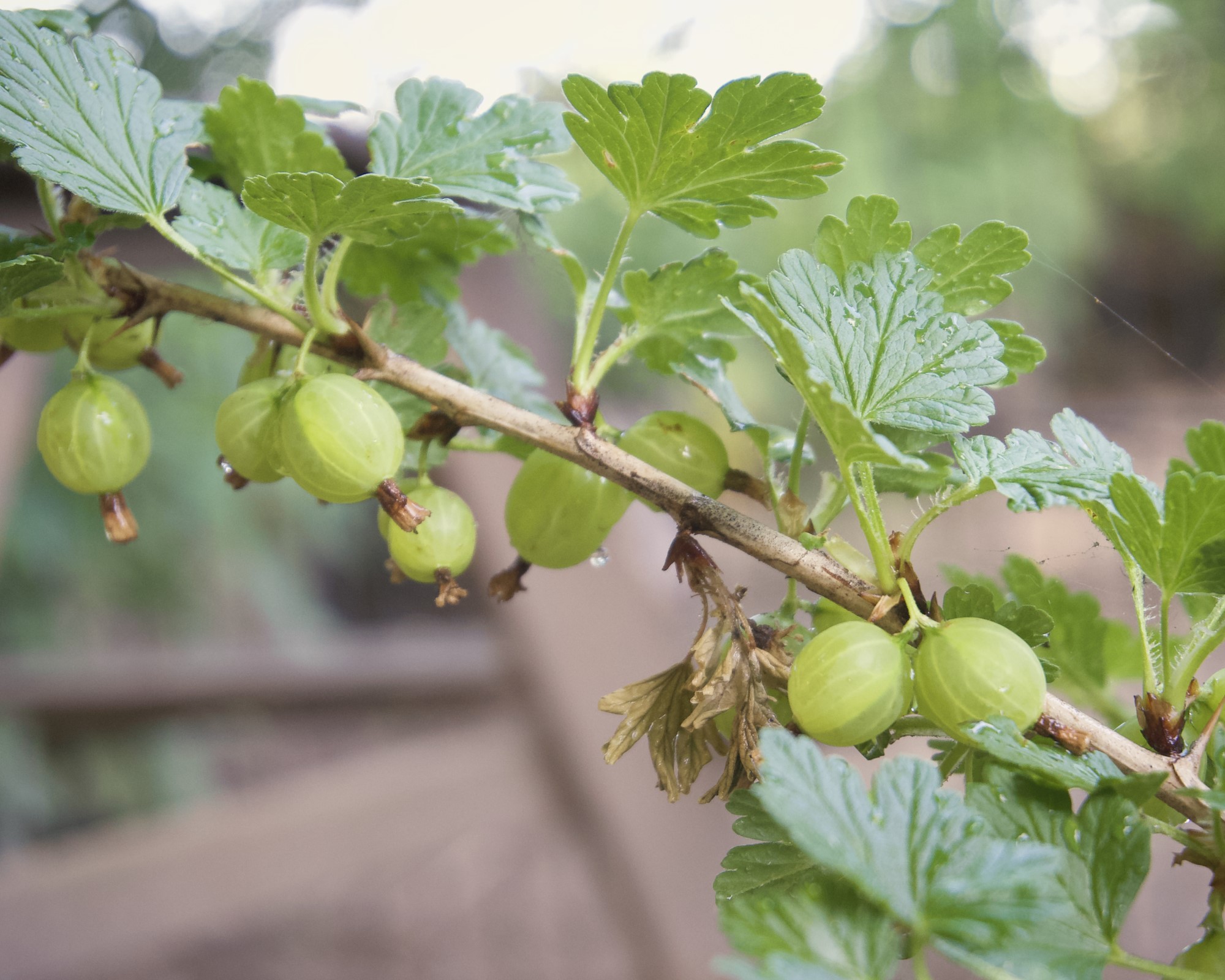
Gooseberries grow on little fruiting spurs on old wood
When should I prune a gooseberry bush?
Gooseberry pruning should be done during winter, when the plant is dormant. As well as it being the plant’s period of dormancy, pruning in winter also has the benefit that, as gooseberries are deciduous, the bush drops its leaves in fall. This makes it easier to see the shape and make decisions when it comes to branches to be removed. Winter is also a key time for pruning fruit trees, so make sure you add this to your list of winter garden jobs too.
Rodger St. Hilaire, founder and editor of Gardening Boost, hails winter pruning as an 'important' tool in helping maintain the 'health and vigor' of gooseberry bushes.
'By pruning in winter, you improve the bush's ability to produce healthy fruits and flowers in the summer months,' he says. 'Pruning helps remove dead or damaged branches, stimulates new growth, and encourages the formation of berries.'
There is also a small amount of basic summer pruning that can be completed on gooseberry bushes in early summer to help ripen the berries. Varying methods do exist for pruning soft fruit, depending on the type of bush it is. Gooseberries are pruned in the same way as redcurrants and whitecurrants, however you do things a little differently when it comes to pruning blackcurrants.
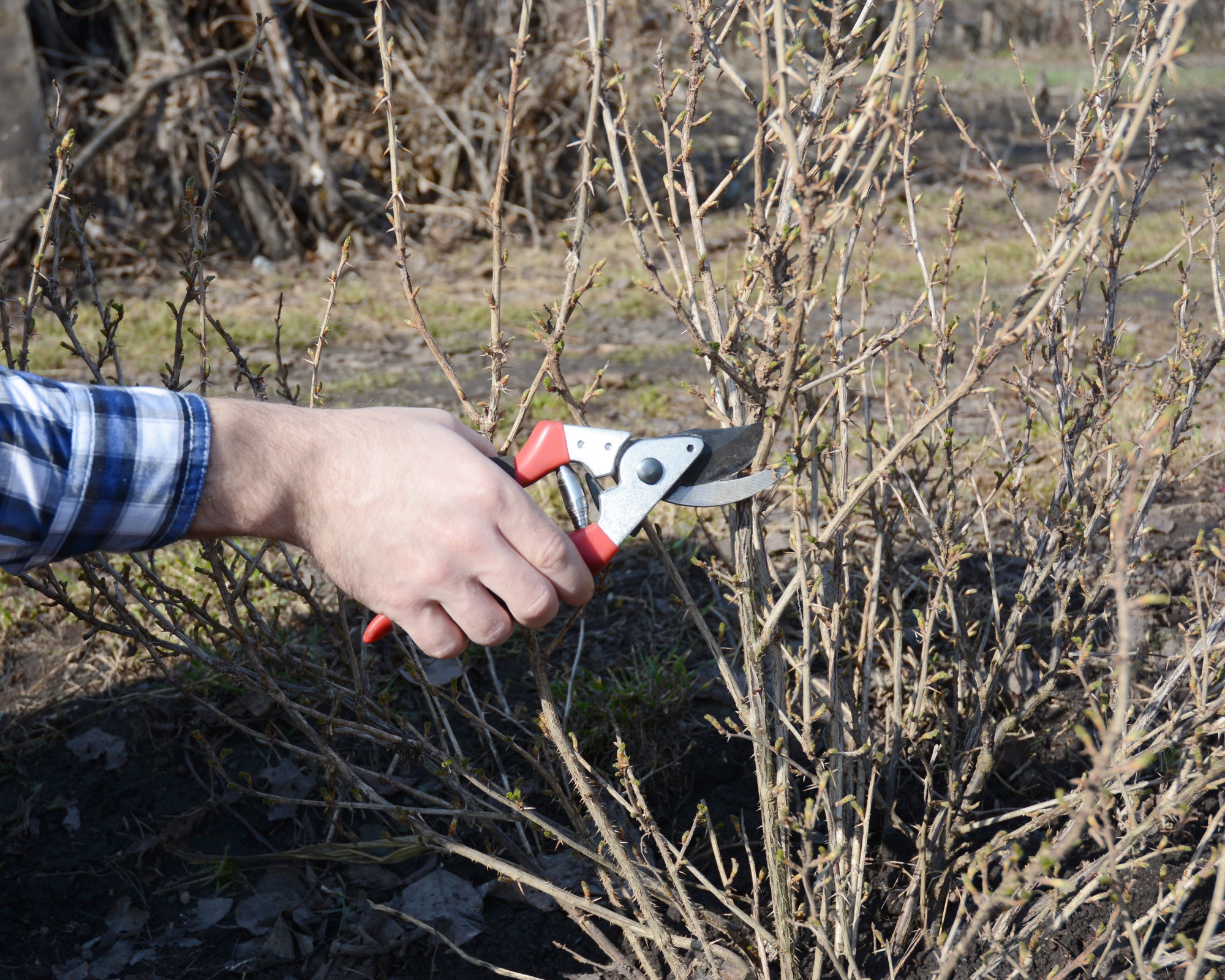
The lack of leaves in winter helps with examining the branches when pruning
The essential tools you'll need for gooseberry pruning
The good news is you don’t need to be armed with a wheelbarrow chocked full of gardening kit for pruning a gooseberry bush. Just a couple of tools for the pruning, something to collect the prunings in, and some good gardening gloves to protect you from the pesky thorns. A pair like these tough leather gloves from Amazon would be a good choice as the longer length will offer more protection to your arms.
What you will need:
- Secateurs - a pair of sharp and clean secateurs are vital to make proper cuts
- Gloves - you will be thankful for thick gloves, without holes, to protect your hands
- Loppers - sharp and clean and useful for removing thicker, old wood
- Trug or bucket - something to collect your prunings in and keep the working area tidy
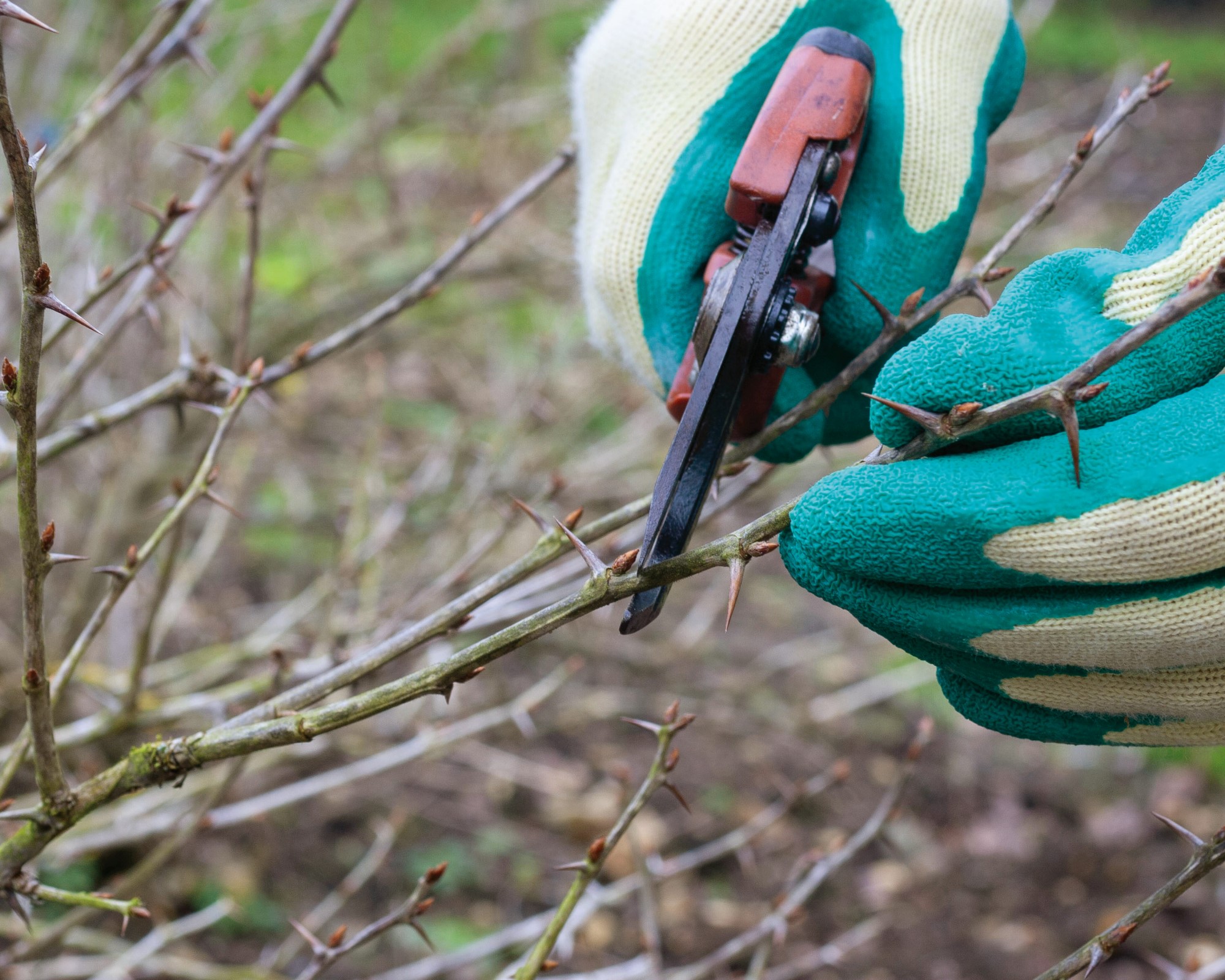
Make sure your secateurs are sharp and gloves free from holes
How to prune new gooseberry bushes
The Royal Horticultural Society recommends pruning gooseberry plants straight away after planting, advising: 'To ensure good crops of large fruits and to keep plants in good shape, prune right from the start.'
When planting new bushes, firstly trim all branches by one half of their length. In the plant’s first winter, select the best five or six main branches, making sure they are not congested or rubbing with each other. Prune all these selected branches back to 6-8 inches (15-20cm) in length and remove all others.
In years two and three, continue to choose the best-placed leading stems and prune the selected ones by half of their new growth. Carefully examine side shoots that have appeared and also shorten these down to around three buds, removing any that point towards the center of the bush.
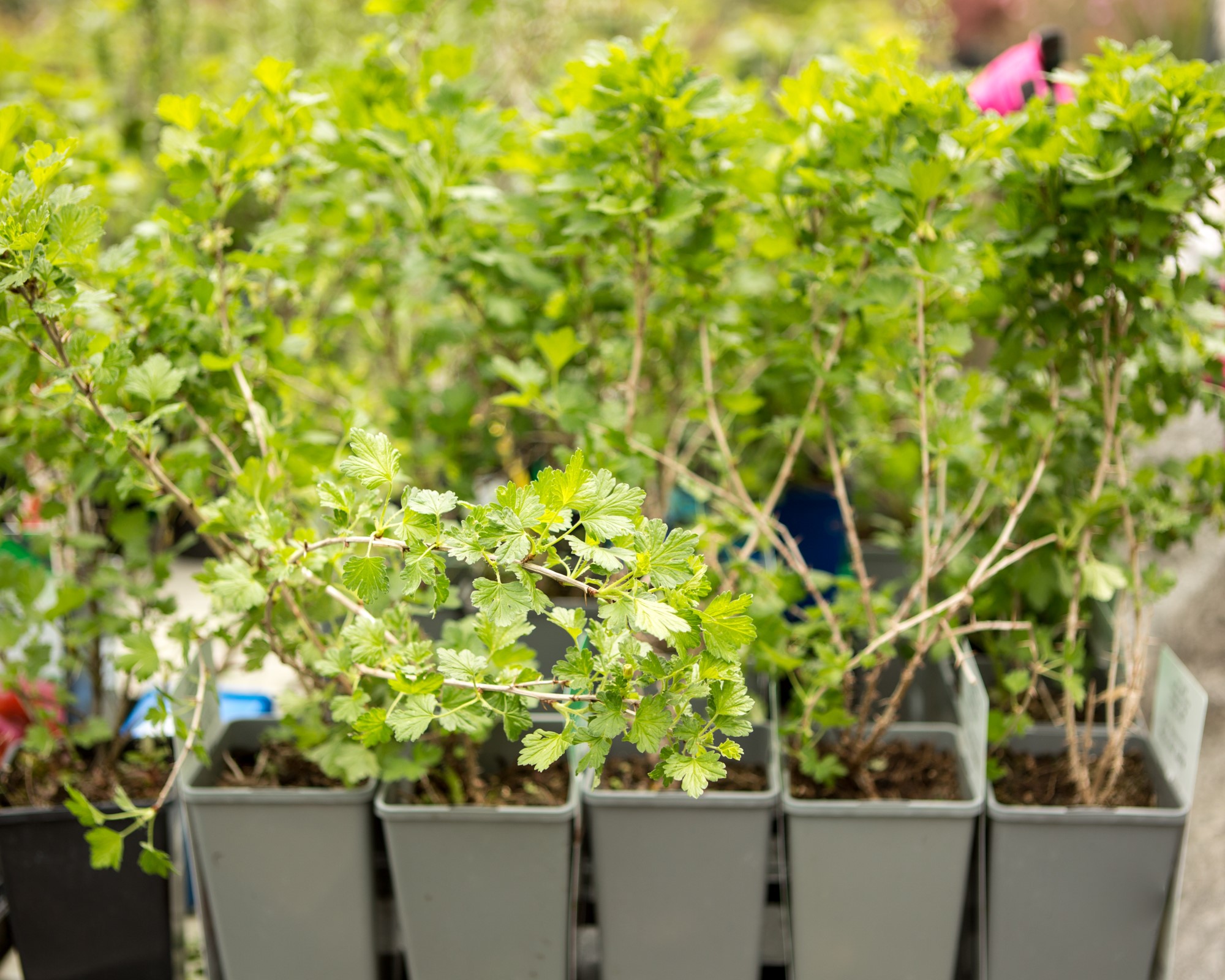
Young gooseberry plants should be pruned immediately after being planted
How to prune established gooseberry bushes
Anne Swithinbank, gardening expert for Amateur Gardening, recommends: 'All gooseberries old and new benefit from regular pruning. Avoid freezing weather, first remove some older wood, aiming to free up the center, create a better shape and encourage new growth.'
There are a few simple rules to follow for pruning gooseberry bushes that are established. Follow these year-on-year and you are on a good track for getting a great crop:
- Assess the overall shape of the bush and start by pruning out any dead, diseased, or damaged shoots.
- Check for branches rubbing, and remove as required.
- Remove any low-lying shoots – is the weight of fruit likely to make the branch lay on the ground? If yes, remove it.
- Prune out any growth in the center of the bush that is not fitting with the open goblet shape you are aiming for.
- Completely remove a third of the oldest stems – this will be the least productive wood.
- Cut back the tips of all leading stems by a quarter-to-half of their new growth.
- Spur prune all side shoots on the bush, pruning back to one to three buds and cutting to an outward facing bud.
- Remove all suckers growing at ground level around the bush – these will impair the vigor of the plant.
Gooseberry prunings continue to be troublesome after they have left the bush, so make life easier by putting them into a container as you cut them. If you don’t, you run the risk of standing on, or getting pricked, by spiky stems around you.
It is also advisable to get rid of your prunings completely, as they can harbor diseases that you don’t want back in the garden. Putting them into a compost bay can also mean nasty spiky surprises when moving or handling compost down the line.
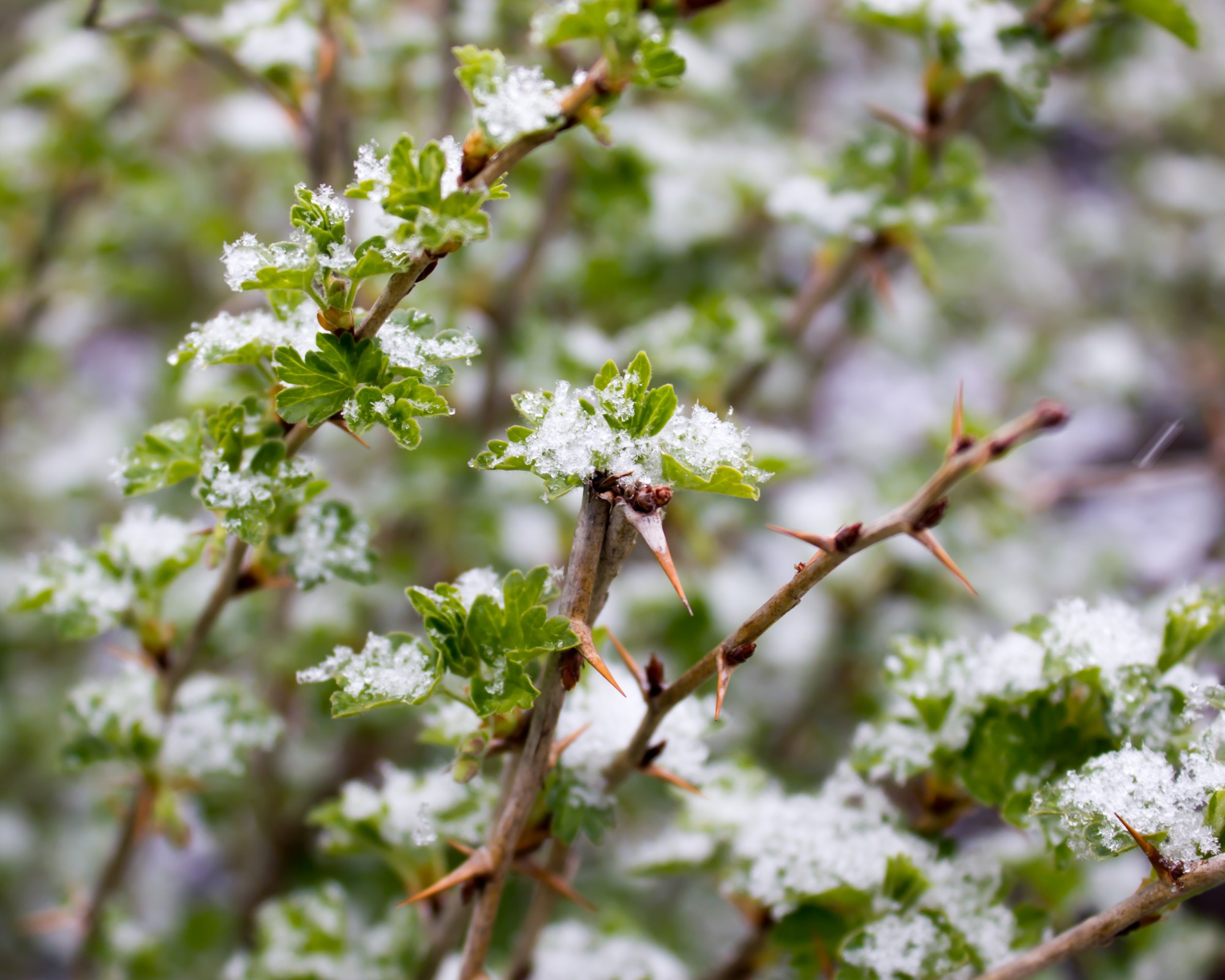
Winter is the plant's dormancy period and means it is the right time to prune
How do you prune gooseberry bushes in summer?
Summer pruning is not often regarded as an essential task, but it is one that should be recommended if you want lots of big, healthy fruit on the bush.
In early summer, work your way round the bush with your secateurs in hand and shorten any growth that has come on during that season, pruning it back to five leaves. This will allow more sunlight to penetrate the center of the bush, helping to develop and ripen the fruit.
Fear not, this pruning will not remove berries, as they do not grow on new wood. The process of pruning the tops of all the shoots will promote a lot of energy going into the bottom of the stems, helping any fruit that is growing.
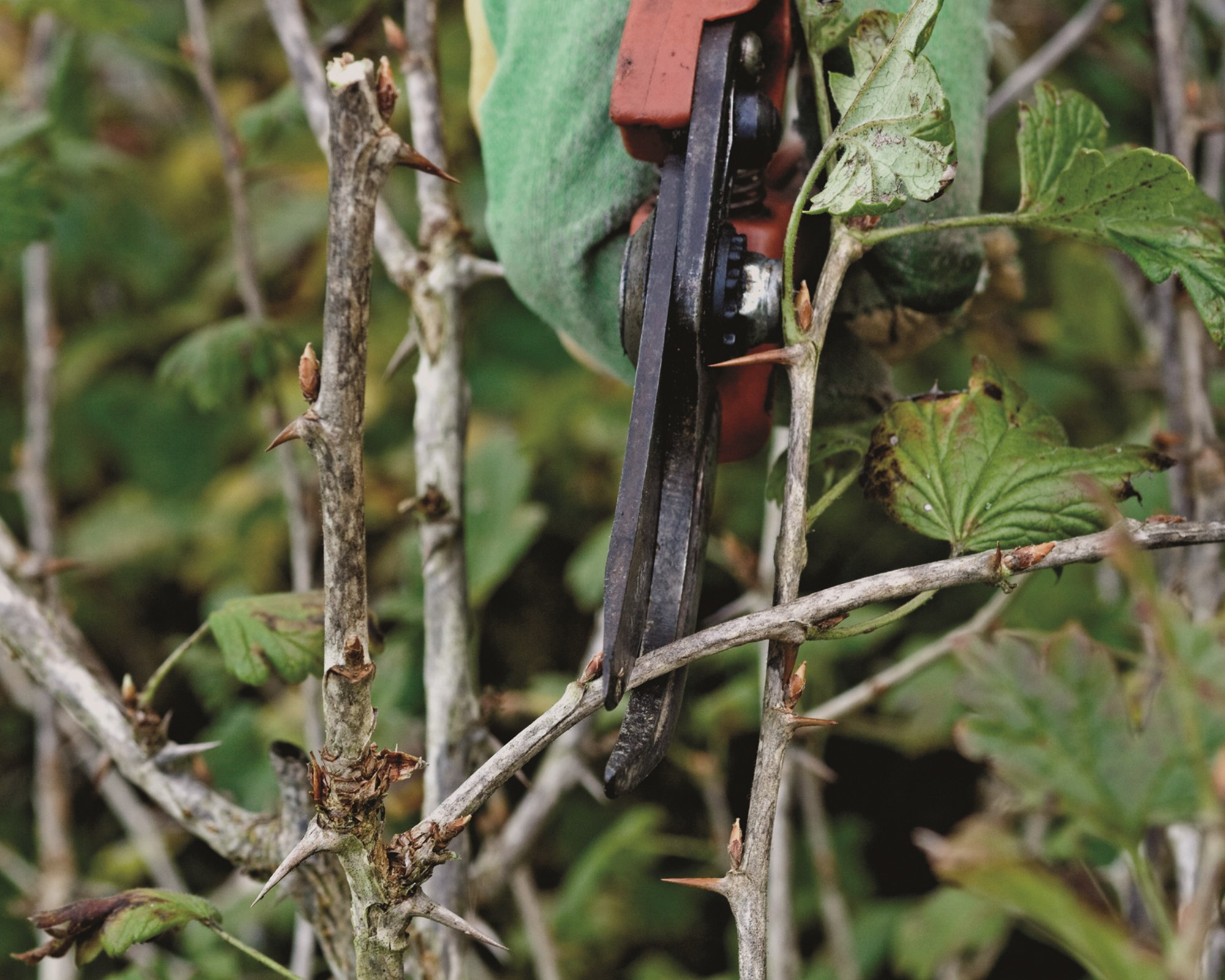
Always prune to an outward facing bud
Pruning gooseberries grown as cordons or fans
Like many other other fruit trees and bushes, gooseberries are really effective at being trained in restricted form as cordons or fans. Growing fruit in this way is highly beneficial if you are short of space and they are often seen growing against a fence, wall, or along posts.
Lucy Chamberlain, Amateur Gardening’s fruit and veg expert, grows trained gooseberries and recommends that when the bushes are dormant it is the ideal time to shape them while pruning out excessive growth.
'Gooseberries fruit on older wood, plus on short fruiting spurs. This is the same regardless of what shape you are training them in,' says Lucy.
'If you have bushes, remove lower stems that would dangle in the mud, and thin out areas of congestion. Fans and cordons are given the same treatment, but plants are tied in to maintain their shape. Unwanted new growth is pruned back to 1-1.5in (3-4 cm) to form fruiting spurs for next year.”
Pruning trained gooseberries is very simple and you need only secateurs, gloves, and a bucket for your cuttings, just as you do when pruning apple trees that are trained to grow in a similar way. Each winter the objective is to prune all side shoots to one to three buds to encourage fruiting spurs. Then snip the main tip by a third to encourage new side shoots to grow.

Drew’s passion for gardening started with growing vegetables and salad in raised beds in a small urban terrace garden. He has gone on to work as a professional gardener in historic gardens across the UK and also specialise as a kitchen gardener growing vegetables, fruit, herbs, and cut flowers. That passion for growing extends to being an allotmenteer, garden blogger, and producing how-to gardening guides for websites.
